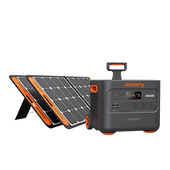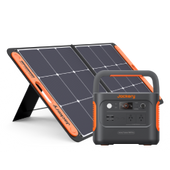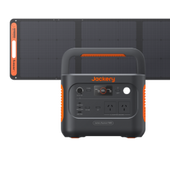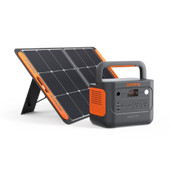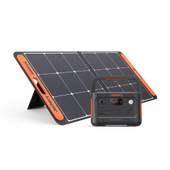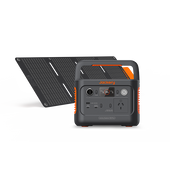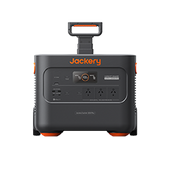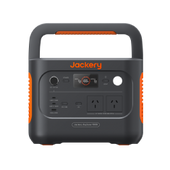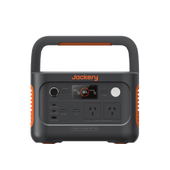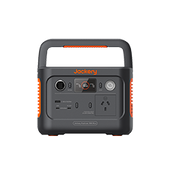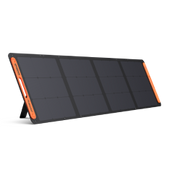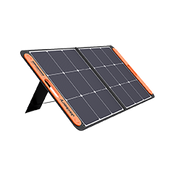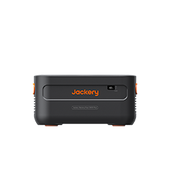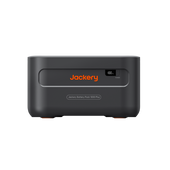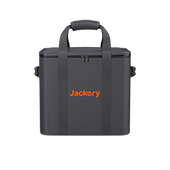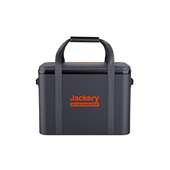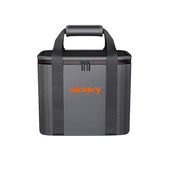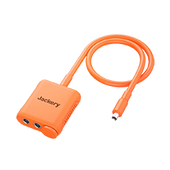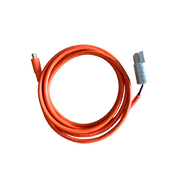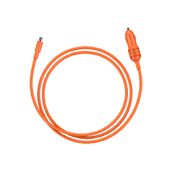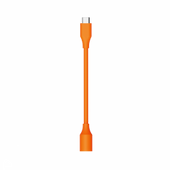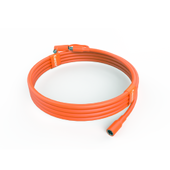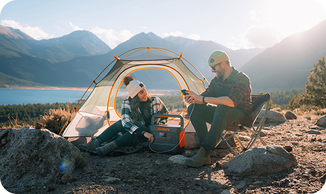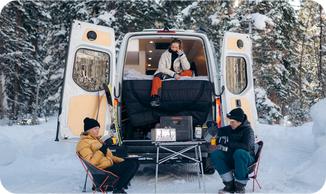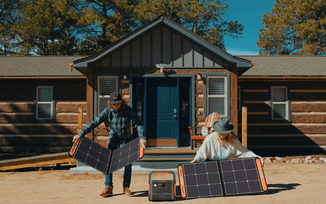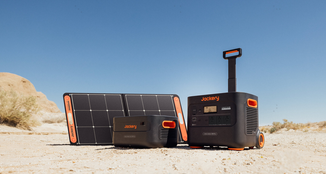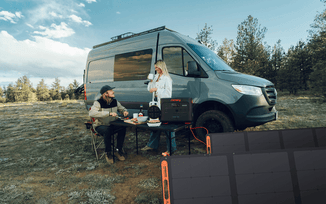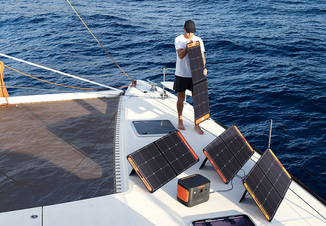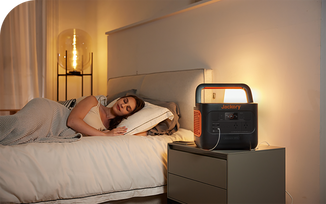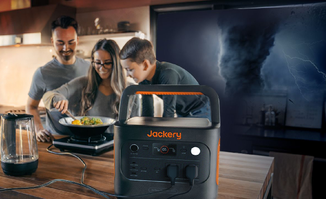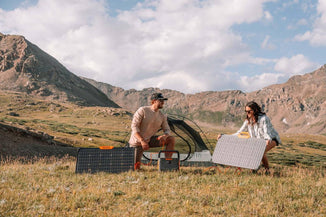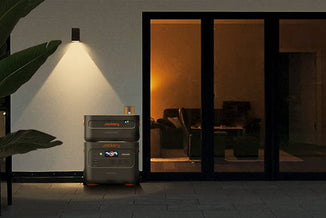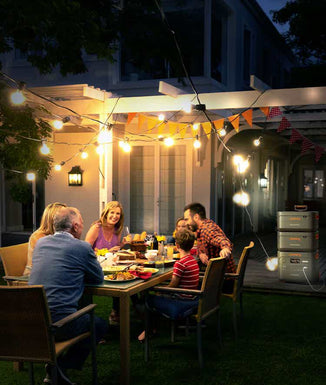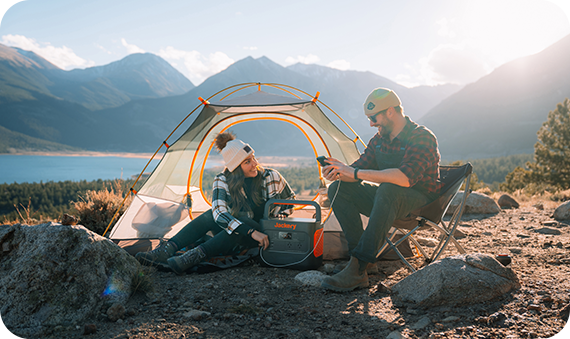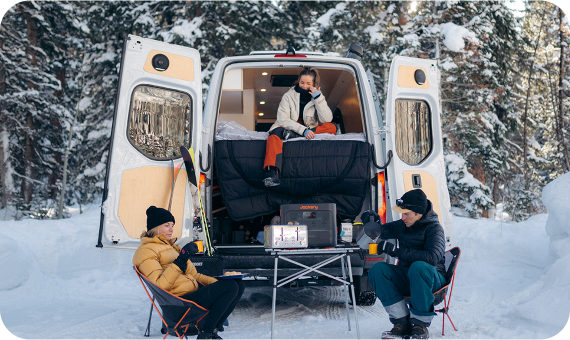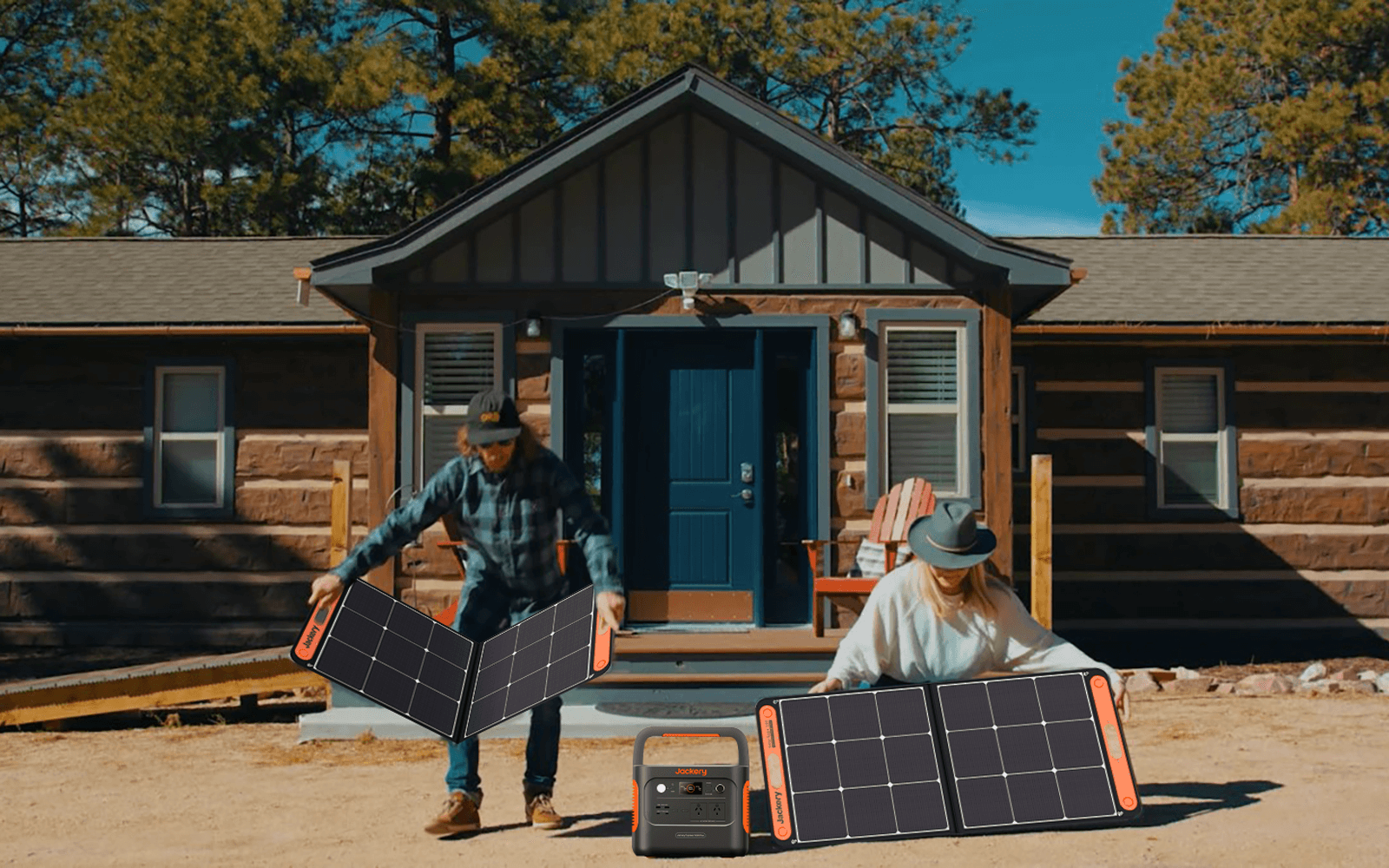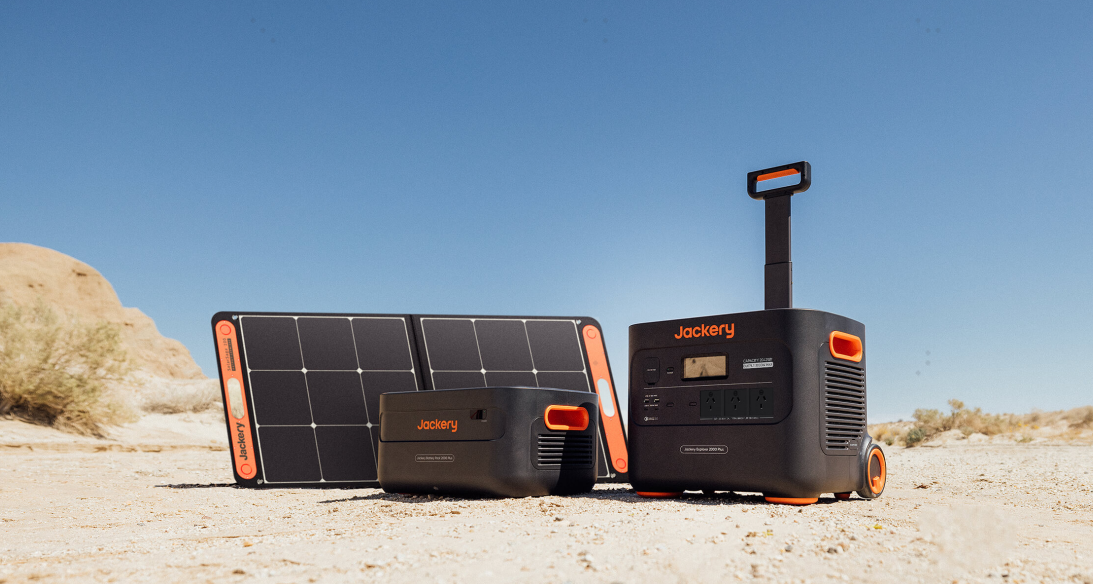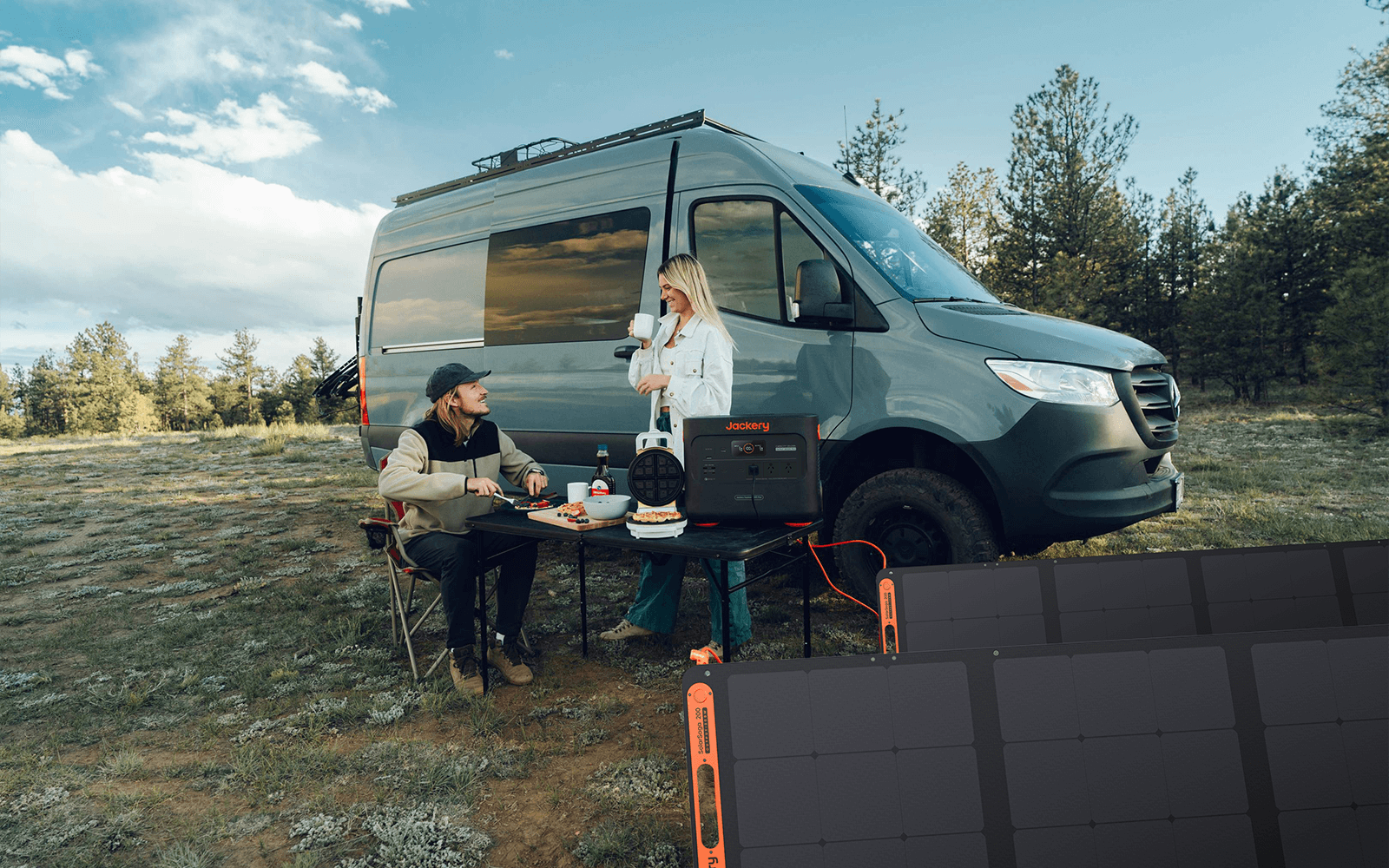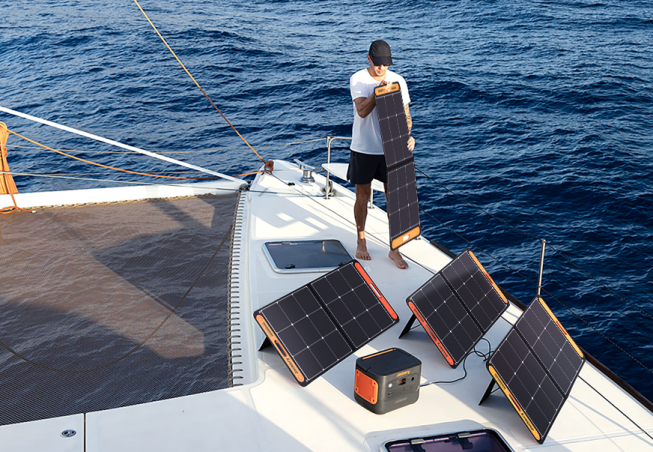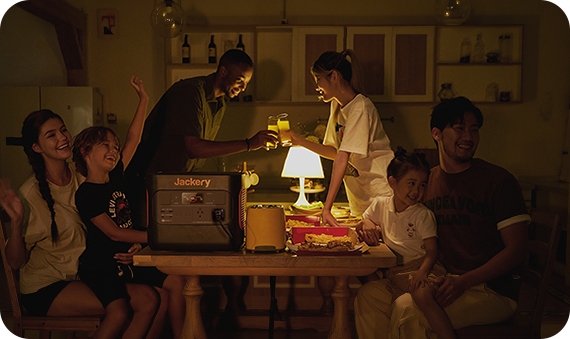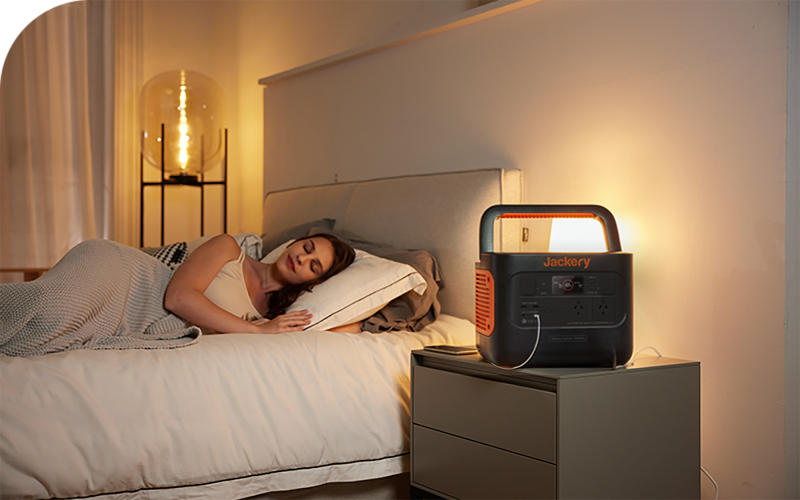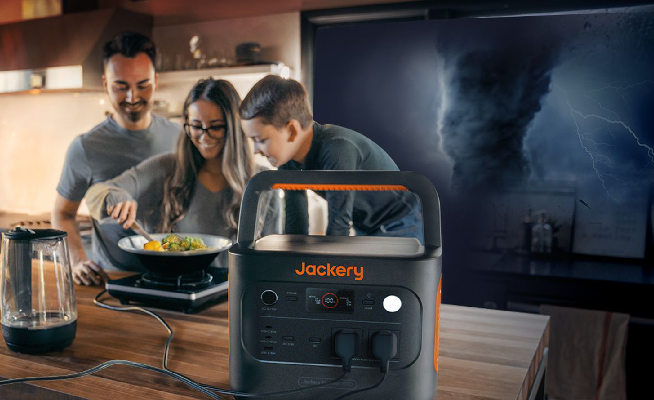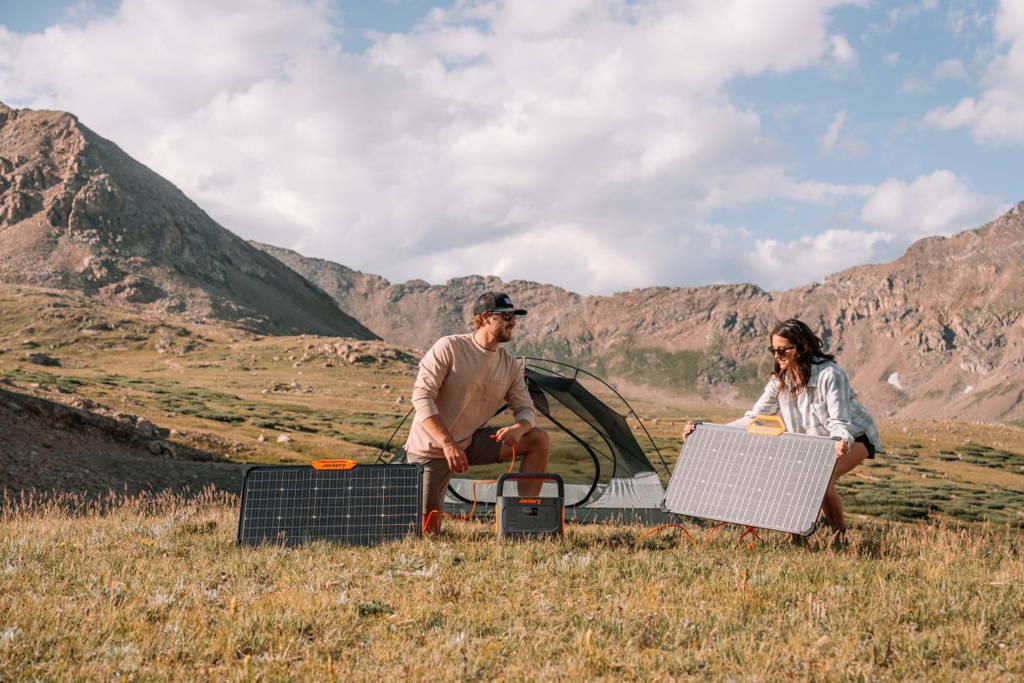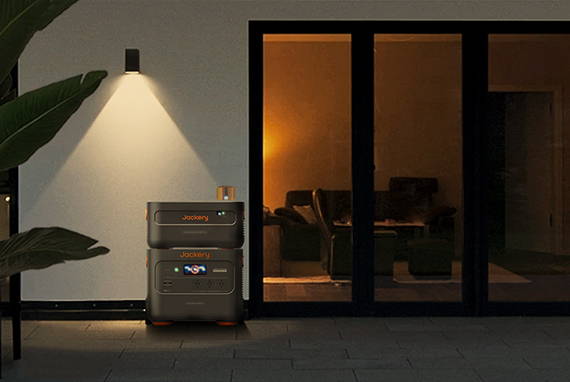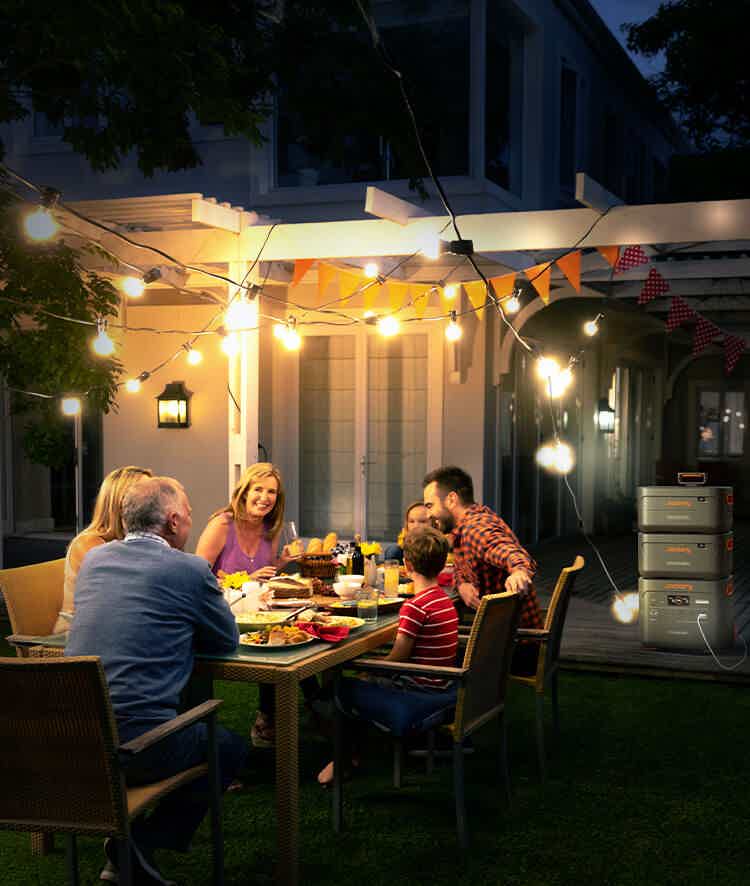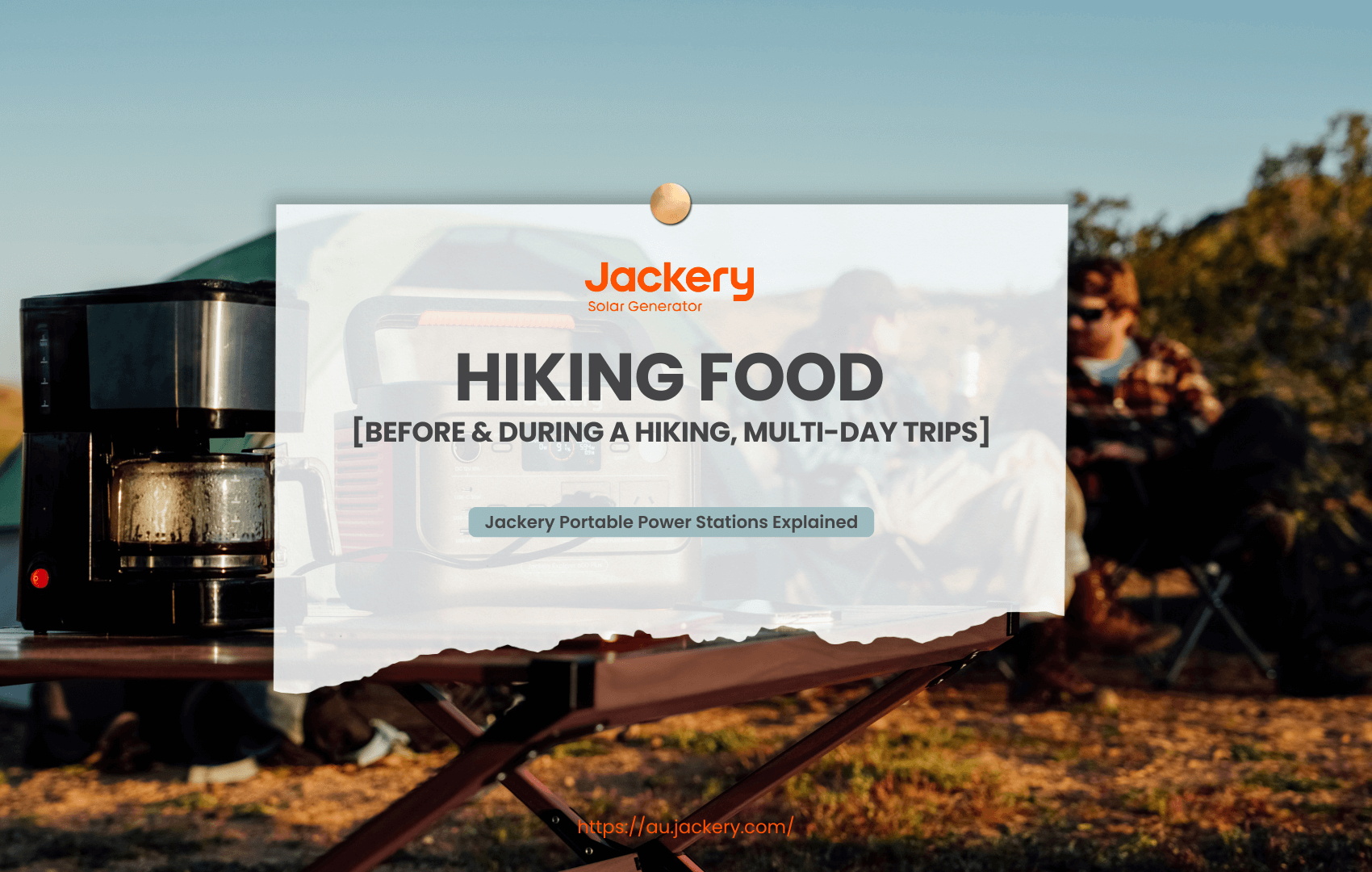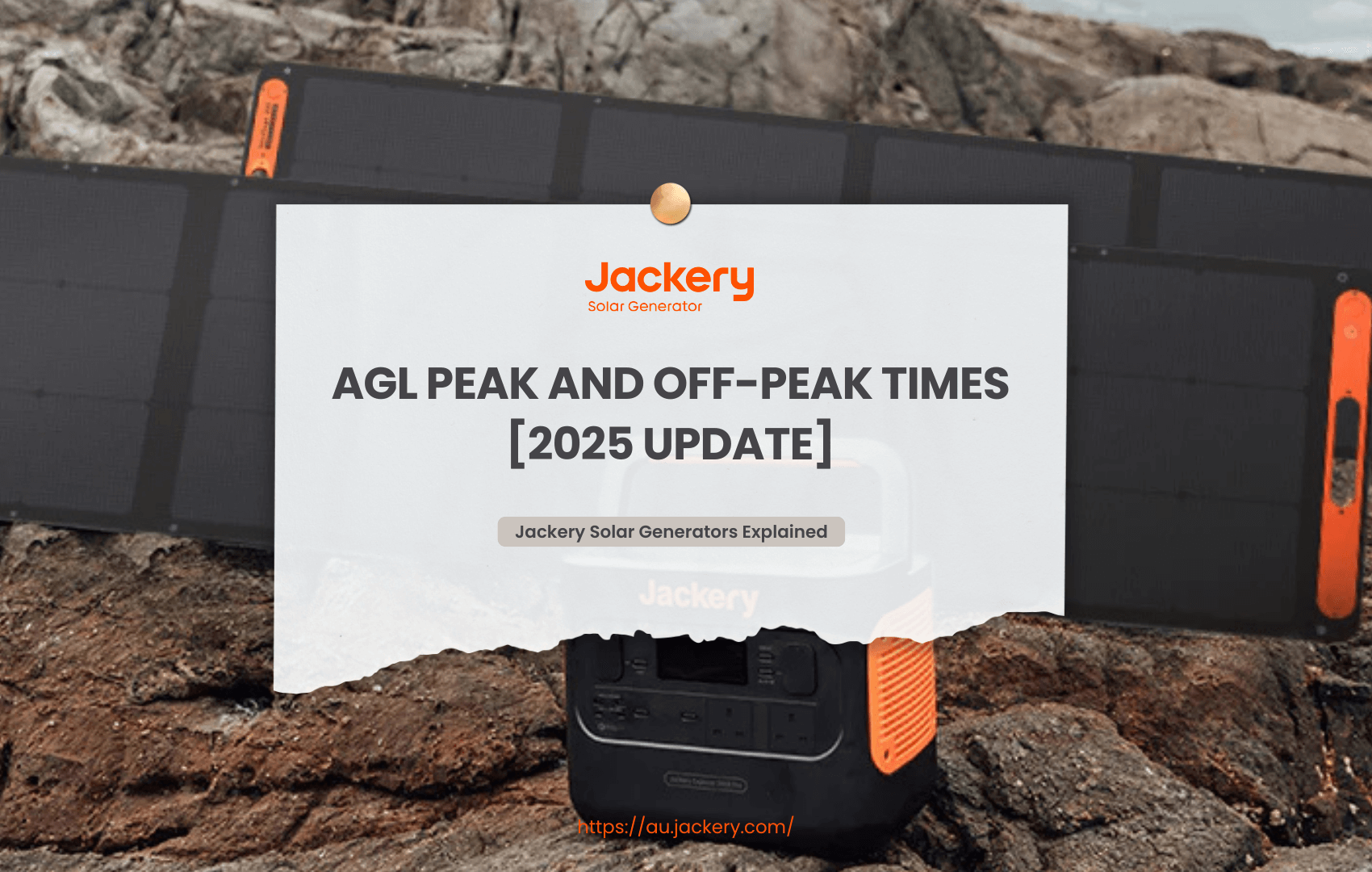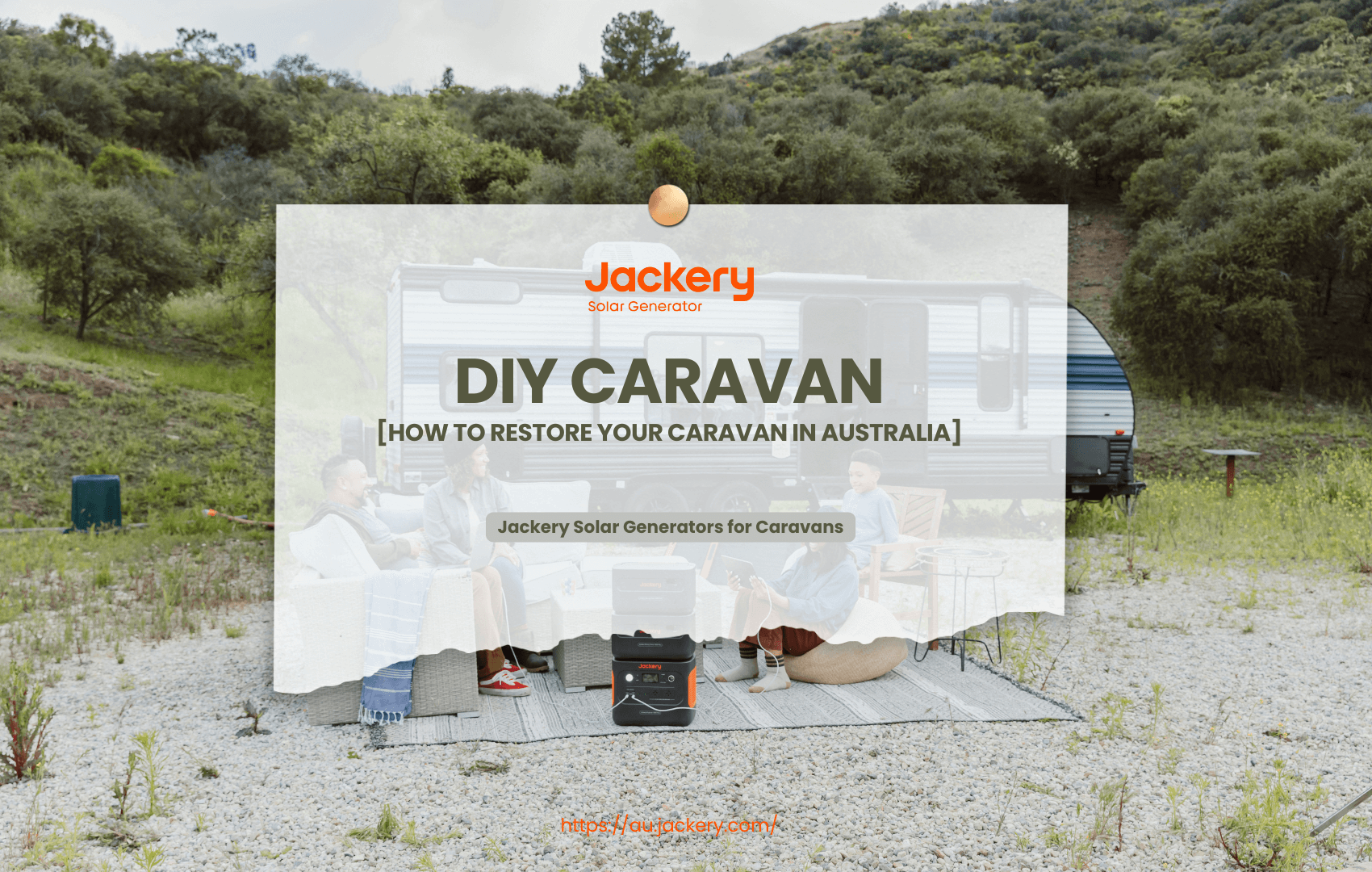|
Key Takeaways: |
|
- Adelaide has diverse canoeing spots like the Adelaide Dolphin Sanctuary, West Lakes, and Onkaparinga River National Park. - Canoeing with dolphins at the Adelaide Dolphin Sanctuary is a magical experience. - West Lakes is ideal for beginners and for practising techniques. - Always wear a PFD and check weather conditions. - Respect local rules and the environment, like no-wake zones and wildlife habitats. - We recommend Jackery Explorer 300 Plus and 600 Plus portable power stations to power your electronics and devices while canoeing. |
Overview of Canoeing in Adelaide
Canoeing in Adelaide offers a diverse range of experiences, primarily centred around the River Torrens that flow through the city and into the coast. Within the city, the Torrens Lake, created by a weir, provides a calm and picturesque setting for leisurely paddling, often with the backdrop of the city skyline and parklands. Several hire companies operate along the riverbanks, making it easily accessible for locals and tourists alike to enjoy a relaxing paddle.
Beyond the city centre, the lower reaches of the River Torrens, as it approaches the coast, offer opportunities for longer paddles through more natural environments, with the potential for birdwatching and enjoying the surrounding wetlands. Additionally, the Adelaide metropolitan coastline, while not always ideal for extended canoeing due to potential winds and waves, offers calm conditions on sheltered days for shorter coastal explorations.
For more significant canoeing adventures, paddlers often venture slightly further afield to the Murray River or the waterways of the Coorong National Park, both within a few hours' drive from Adelaide, providing extensive networks of rivers, backwaters, and lagoons to explore.
The Best Places for Canoeing in Adelaide
Whether you're an experienced paddler seeking adventure and natural beauty or a total novice seeking tranquil waters, Adelaide and the surrounding areas have some excellent canoeing possibilities.

1. Adelaide Dolphin Sanctuary (Garden Island)
Location: Garden Island, approx. 20 minutes northwest of Adelaide CBD.
Best For: Nature lovers, wildlife enthusiasts, and families.
The Adelaide Dolphin Sanctuary is one of the most unusual canoeing destinations in South Australia. Paddlers can explore ancient mangrove forests, float through meandering tidal rivers, and even see wild bottlenose dolphins up close. The area is also noted for its shipwrecks, birds, and peaceful surroundings.
One of the most significant benefits of canoeing here is the opportunity to paddle in calm waterways suitable for novices and families while being surrounded by beautiful wildlife. Guided tours are provided for those who want a structured experience. However, the region may get extremely crowded on weekends, and few facilities are near the launch points.
2. West Lakes
Location: West Lakes, 14 km west of Adelaide CBD.
Best For: Practicing technique, club paddling, and fitness training.
West Lakes, located barely 14 kilometres west of the city centre, is an artificial lake explicitly intended for water activities. It has a dedicated 2-kilometer rowing and canoeing course and is home to Paddle South Australia and the West Lakes Canoe Club.
This location is ideal for people who want to develop their technique or enjoy regular training in a controlled atmosphere. The flat water conditions suit all ability levels, and club help is readily accessible. While West Lakes is ideal for fitness paddling and competitions, it lacks the natural environment and wildlife that many other destinations provide.
3. Onkaparinga River National Park
Location: Port Noarlunga South, approx. 35 km south of Adelaide.
Best For: Scenic day trips, photography, and birdwatching.
Onkaparinga River National Park, located in Port Noarlunga South, is 35 kilometres south of Adelaide and offers calm kayaking through estuarine marshes and magnificent forests. The river meanders through native settings, and paddlers can see a variety of birds, including pelicans and herons.
This place is ideal for picturesque day outings and nature photography. It's excellent for both beginners and intermediate paddlers, and specific trails allow dogs. However, water levels might vary according to the season, and there are few rental options on-site.
4. Myponga Reservoir
Location: Myponga, 60 km south of Adelaide.
Best For: Tranquil paddling and escaping the crowds.
Located around 60 km south of Adelaide, Myponga Reservoir offers a tranquil and scenic paddling experience surrounded by pine and eucalyptus forests. The beautiful, calm waters make it a relaxing place for lone paddlers or those wishing to connect with nature.
Paddlers will enjoy the dedicated kayak launch locations and tranquil surroundings. It's an excellent place to relax, enjoy the landscape, and potentially glimpse local species. On the negative, swimming is not permitted in the reservoir, and amenities are limited.
5. Coorong National Park
Location: Coorong region, about 2 hours southeast of Adelaide.
Best For: Experienced paddlers, nature getaways, and eco-adventurers.
Coorong National Park is around two hours southeast of Adelaide and offers a genuinely immersive paddling experience through a vast network of saltwater lagoons. These streams, protected from the Southern Ocean by sand dunes, are home to a diverse Aboriginal cultural history and plentiful biodiversity.
This spot is suitable for experienced paddlers planning multi-day canoe expeditions. Coorong provides a unique link to South Australia's natural environment with breathtaking sunsets, a secluded atmosphere, and wilderness camping chances. However, it involves planning and preparation and may be too difficult for inexperienced paddlers. Additionally, mobile reception is poor in some regions.
6. Lake Indawarra (Tintinara)
Location: Tintinara, about 2.5 hours southeast of Adelaide
Best For: Family outings, beginners, and weekend camping
Lake Indawarra, located about 2.5 hours southeast of Adelaide, is a man-made lake near Tintinara, recognized for its calm waters and family-friendly atmosphere. It has a small island named 'Bird Island', walking pathways, and picnic sites, making it ideal for a leisurely outing.
This lake is ideal for novices, families, or those seeking a weekend canoe camping excursion. The region is calm and relatively uncrowded, making for a soothing visit. While the facilities are minimal, and the distance from the city may discourage short trips, the atmosphere and accessibility make it an appealing weekend vacation option.
Canoeing with Dolphins, Adelaide
Canoeing with dolphins in Adelaide is a genuinely magical experience, and the ideal place to do it is at the Adelaide Dolphin Sanctuary, which is located near Garden Island and only 20 minutes from the city centre.
What Makes It Special?
The Adelaide Dolphin Sanctuary is home to a resident population of wild bottlenose dolphins, who commonly swim through the Port River's protected mangrove-lined waterways. These joyful sea creatures are known to approach kayaks and canoes, providing unforgettable up-close interactions in their natural habitat—no feeding, chasing, or confinement is required.
How to Experience It?
You can bring your own canoe or kayak or join a guided tour with local operators such as:
Dolphin Sanctuary Kayak Tours – offering 2-3 hour tours with all equipment and safety briefings included.
Adventure Kayaking SA offers dolphin tours, shipwreck explorations, and sunset paddles.
Tips for Best Experience:
Visit during calm weather and high tide for the best conditions.
Bring sun protection, water, and a waterproof camera.
Early mornings or late afternoons tend to have higher chances of dolphin sightings.
Always follow eco-paddling guidelines: keep a respectful distance, don’t chase the dolphins, and move quietly through the water.
What to Wear for Canoeing in Adelaide?
Dressing appropriately while canoeing in Adelaide guarantees comfort, safety, and protection from the elements—whether you're paddling through mangroves, on a reservoir, or along the coast.

Quick-Dry and Lightweight Clothing
Wear moisture-wicking, breathable, and dry-fast garments like polyester or nylon. Avoid cotton since it retains moisture and can make you cold.
Top: Rashie or long-sleeved UV shirt.
Bottoms: Board shorts, active leggings, or swimwear.
Layers: Add a light windbreaker or thermal base layer in cooler months.
Hat and Sunglasses
The sun can be harsh on the ocean, so wear a wide-brimmed hat or a cap with a neck flap. Polarised sunglasses with a strap might help minimize glare and protect your eyes.
Footwear
Wear water shoes, strap sandals, or old, wet sneakers. Avoid flip-flops, which slip off and provide little foot protection during rugged or rocky launches.
Sunscreen and Lip Balm
Use reef-safe, water-resistant sunscreen with an SPF of at least 30, and don't forget to protect your lips with SPF balm.
What To Pack for Canoeing in Adelaide?
When planning a canoe trip around Adelaide, packing the correct gear can keep you safe, comfortable, and prepared for any situation, especially given the region's changing weather and mix of coastal, river, and reservoir ecosystems.

Essential Gear:
Canoe or kayak (if not renting)
Paddle(s) – plus a spare if you’re heading somewhere remote
Personal Flotation Device (PFD) – must be worn in South Australia
Dry bag or waterproof container – to protect valuables and spare clothes
Bailing device – sponge or bucket to remove water from your boat
Whistle – required for safety on many paddling routes
Map or GPS – especially for areas like Coorong or Onkaparinga River
Roof racks or tie-downs – for transporting your canoe if driving
Sun and Weather Protection:
Reef-safe sunscreen (SPF 30+ or higher)
SPF lip balm
Insect repellent (particularly for mangrove areas like Garden Island)
Reusable water bottle or hydration bladder (at least 1–2 litres per person)
Snacks or a light picnic
Lightweight picnic rug (if stopping at shore spots)
Optional Extras:
Waterproof phone case or GoPro for photos/videos
Binoculars (great for birdwatching in Coorong or Onkaparinga)
First aid kit (compact, with basics like band-aids, antiseptic, etc.)
Lightweight camp chair or mat (for shore breaks or lunch stops)
Small anchor or rope (if you plan to stop mid-water)
Fishing gear and license (where permitted)
For Longer Trips:
Camping gear (tent, sleeping bag, cooking supplies)
Extra food and water supplies
Torch or headlamp
Portable stove or BBQ plate
Toiletries and biodegradable soap
Waste bags to pack out all rubbish
Portable power like Jackery Portable Power Station

Jackery Portable Power Stations for Canoeing
Taking a Jackery Portable Power Station on a canoeing trip in Adelaide, particularly if you plan for a longer day out, exploring more remote stretches of the River Torrens, or incorporating other outdoor activities, offers several valuable benefits.
Essential for navigation using apps, communication with your group or emergency contacts, capturing photos and videos of the scenic riverbanks and wildlife, and even for entertainment during breaks. It ensures your devices are charged to document your paddling adventure and the natural beauty of the Adelaide waterways.
If you're exploring less familiar stretches of the river, a charged GPS device can be crucial for navigation and tracking your route. While the River Torrens has access points, if you plan a longer paddle that takes you away from easily accessible charging points for several hours, the Jackery ensures you have power when you need it.
Jackery Explorer 300 Plus
Taking a Jackery Explorer 300 Plus on a canoeing trip offers a practical and convenient way to stay powered up for your essential devices without adding excessive weight or bulk to your gear.

- Lightweight and Portable: Weighing only around 8.27 lbs (3.75 kg) and with a compact design, the Explorer 300 Plus is easy to transport in your car and won't take up too much precious space in your dry bag or gear storage on the canoe.
- Always Keep Powered: Its 288Wh capacity can keep your phone charged for navigation (using apps like Google Maps or dedicated paddling apps), communication (staying in touch with your group or for emergencies), and capturing photos and videos of the scenery and wildlife. Ensure your GoPro or similar camera has enough battery to record your paddling experience.
- Convenient Recharging Options: Fully charge the Explorer 300 Plus before you leave for your canoeing trip. If you have a longer drive to your put-in point, you can use a car charger to top up the Jackery's battery en route, ensuring you arrive with maximum power. Suppose you have a compatible Jackery SolarSaga 100W solar panel. In that case, you can recharge the Explorer 300 Plus using solar power while you're taking breaks on the riverbank, offering a sustainable power solution for longer trips.
- Safety and Reliability: Jackery products are known for their safety features, including a Battery Management System (BMS) that protects against overcharging, overheating, and short circuits, giving you peace of mind when using it around water (ensure you keep the power station itself dry).
|
Jackery Explorer 300 Plus Running Time |
|
|
Drone (90W) |
5 Times |
|
Camera (8.4W) |
12 Times |
|
Phone (29W) |
13 Times |
|
Smart Speaker (10W) |
18H |
|
Go Pro (5W) |
40 Times |
(*The working hours are only for reference; the actual working hours depend on your usage.)
Jackery Explorer 600 Plus
Taking a Jackery Explorer 600 Plus on a canoeing trip builds upon the benefits of the smaller models, offering even more power and versatility for a wider range of needs and longer excursions.

- Increased Power Capacity: With a larger 632Wh capacity compared to the Explorer 300 Plus, the Explorer 600 Plus can power your essential devices for longer durations and handle a broader range of equipment. This is particularly beneficial for multi-day canoeing trips or if you have more power-hungry devices.
- Longer Off-Grid Capability: The larger battery capacity means you can spend more time paddling in remote areas without worrying about running out of power for your essential devices. This is especially useful if your canoeing trip involves overnight camping away from established power sources.
- Faster Recharging Options: While it has a larger battery, the Explorer 600 Plus often supports faster recharging methods, especially when using AC power. When paired with multiple solar panels (like two 100W panels), you can also replenish its power more quickly under good sunlight conditions, making it more efficient for longer off-grid trips.
|
Jackery Explorer 600 Plus Running Time |
|
|
Drone (90W) |
7.4H |
|
Camera (8.4W) |
27 Times |
|
Phone (29W) |
27 Times |
|
Smart Speaker (10W) |
25.9H |
|
Go Pro (5W) |
34.5H |
(*The working hours are only for reference; the actual working hours depend on your usage.)
How to Paddle When Canoeing in Adelaide?
Paddling a canoe effectively and efficiently in Adelaide's waterways, primarily the River Torrens and its lake involves a few key techniques. Here's a guide to get you started:
Basic Forward Stroke: This is your primary stroke for moving forward.
Reach: Plant your paddle blade fully submerged in the water near your toes. Your top hand should be relatively straight, providing the forward pull, while your bottom hand acts as a pivot and provides some downward pressure.
Pull: Rotate your torso and pull the paddle back along the side of the canoe towards your hip. Use your core muscles for power, not just your arms. Keep the paddle close to the side of the canoe for a straighter track.
Exit: Once the paddle reaches your hip, twist your wrist and lift the blade cleanly out of the water, feathering it parallel to the surface to minimize resistance.
Recovery: Bring your paddle forward in the air for the next stroke. Keep it low to the water to reduce wind resistance.
Steering Strokes: While the forward stroke, done equally on both sides, will keep you moving straight, you'll need steering strokes.
J-Stroke: This modifies the forward stroke to provide a slight correction and keep you on a straight course without switching sides as frequently. During the pull phase of your forward stroke, as the paddle nears your hip, angle the blade slightly outward, forming a "J" shape as you complete the stroke. This outward push provides a corrective force.
Sweep Stroke (Forward): Use a wide, sweeping stroke to turn the canoe away from the side you're paddling on. Plant the paddle near your toes and sweep it in a wide arc away from the side of the canoe, finishing near the stern. Use your torso rotation for power.
Sweep Stroke (Reverse): To turn the canoe towards the side you're paddling on, use a wide, sweeping stroke in reverse. Plant the paddle near the stern and sweep it in a wide arc towards the bow.
Other Useful Strokes:
Reverse Stroke: Used for stopping or moving backward. Plant the paddle near your hip and pull it forward along the side of the canoe, exiting near your toes.
Draw Stroke: Used to move the canoe sideways towards your paddling side. Reach out to the side and plant the paddle vertically in the water. Pull the paddle straight towards the side of the canoe, keeping the blade vertical.
Push-Away Stroke: Used to move the canoe sideways away from your paddling side. Reach out to the side and plant the paddle vertically in the water. Push the paddle straight away from the side of the canoe, keeping the blade vertical.
Safety Tips for Canoeing in Adelaide
Canoeing in Adelaide may be a pleasant and relaxing way to explore South Australia's numerous waterways, which range from the serene mangroves of the Adelaide Dolphin Sanctuary to open reservoirs and gorgeous rivers. To make the most of your experience while remaining safe, here are crucial canoeing recommendations.
Wear a PFD (Personal Flotation Device) at all times: When canoeing or kayaking in South Australia, a life jacket is required, particularly when paddling in open water or tidal areas.
Check the weather and water conditions: It is important to verify the local wind, tidal, and weather forecasts before going off on your journey, particularly at coastal locations such as the Coorong or Port River. You should avoid paddling if there is a high wind or inclement weather.
Know your limits and route: Go to a place where you can paddle that is appropriate for your level of experience. The most suitable waterways for novices are those that are calm and enclosed, such as West Lakes or Myponga Reservoir.
Let someone know your plan: Tell a friend or member of your family where you are going, when you anticipate returning, and the route you will take. This is especially crucial if you are paddling in a really isolated area.
Stay visible and be aware of other vessels: When paddling early or late in the day, it is important always to wear bright colours, stay near the shore, and carry a whistle or a tiny light with you.
FAQs about Canoeing in Adelaide
The following are the frequently asked questions about canoeing in Adelaide.
1. What type of canoe is best for beginners?
Beginners should choose wider canoes since they are more stable. If you purchase a canoe, you will receive what you pay for. Cheaper canoes will be more challenging to move and heavier. Additionally, they will be less resilient, which is crucial for novices because you will probably take some bumps in your first few attempts.
2. Where to kayak in Adelaide?
Adelaide has excellent kayaking options for all skill levels. The Adelaide Dolphin Sanctuary is a popular destination with calm waters, mangroves, and the opportunity to watch wild dolphins. West Lakes is ideal for beginners, as it has flat, protected waters. Nature lovers will enjoy the Onkaparinga River, which winds through picturesque wetlands, while Myponga Reservoir offers calm kayaking with stunning hillside views. Lake Indawarra is excellent for a tranquil vacation, such as a relaxed paddle or family outing.
3. What are the three golden rules of canoeing?
The three golden rules of canoeing are simple but important: always wear a correctly fitted life jacket, paddle with your entire body (particularly your core) rather than just your arms for maximum efficiency, and keep your centre of gravity low and balanced to avoid tipping.
4. What happened to the Old Town canoe?
Although they are no longer manufactured in Old Town Canoe, the company's iconic wood and canvas boats have never stopped being produced. The firm hired Island Falls Canoe, operated by Jerry Stelmok of Atkinson, to construct and maintain its wooden canoes after the manufacturing in Old Town, Maine, closed.
5. Am I too heavy for a canoe?
You are probably not too hefty for a canoe—many canoes are intended to support 400 to over 1,000 kg, depending on the type. Simply choose one with a weight capacity that matches your body weight plus any gear, and go for a wider, more stable design for increased comfort and balance.
Final Thoughts
Canoeing in Adelaide is more than simply a water activity; it's an opportunity to reconnect with nature, push yourself, and make lifelong memories. From the excitement of dolphin sightings at the sanctuary to the tranquillity of Myponga Reservoir, each area has its own allure. You may thoroughly enjoy the experience if you adhere to safety requirements, pack smartly, and use suitable skills. Whether you're alone or with family and friends, Adelaide's waterways provide unlimited opportunities.

